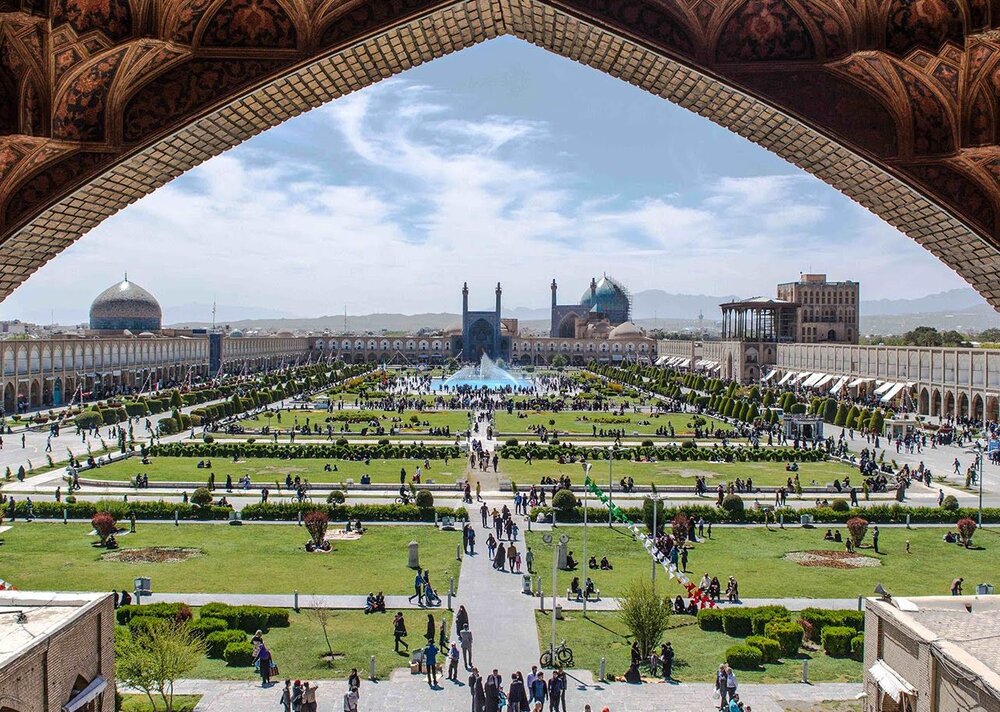UNESCO-tagged Imam Square in Isfahan being restored

TEHRAN – A restoration project has been commenced on the walls of the east side of the UNESCO-registered Imam Square in Isfahan, central Iran, CHTN reported.
As the walls have been damaged by the moisture over the years, and no dehumidifiers have been embedded in them, dehumidifying of the walls by removing the wall piers has been started, Fariba Khatabakhsh, director of the World Heritage site said on Tuesday.
Moisture in buildings and architectural structures provides suitable conditions for the growth of fungi and produces an unpleasant odor. It can also cause various damages to the building materials.
After fixing the problem, the damaged parts will be restored under the supervision of cultural heritage experts, she added.
The UNESCO-registered Imam Square has long been full of life thanks to being a prime destination for both domestic and foreign travelers.
Best known as Naghsh-e Jahan Sq. (literary meaning “Image of the World”), the property is in Isfahan, central Iran. At 512m long and 163m wide, it is one of the largest squares in the world.
Naghsh-e Jahan Sq. was laid out in the very early 17th century under the reign of the Safavid ruler, Shah Abbas the Great, to signal the importance of Isfahan as a capital of a powerful empire.
It is hemmed on four sides by magnificent buildings: to the east, the Sheikh Lotfollah Mosque; to the west, the palace of Ali Qapu; to the north, the portico of Qeyssariyeh; and to the south, the eminent Imam Mosque.
The sizeable open space has changed little since it was built, the only modern additions are some fountains added during the Pahlavi era.
According to UNESCO, the square was at the heart of the Safavid capital’s culture, economy, religion, social power, government, and politics. Its vast sandy esplanade was used for celebrations, promenades, and public executions, for playing polo and for assembling troops.
Imam Square is perhaps at its best in the late afternoon when the encircling blue-tiled domes and minarets are lit up by the last rays of the sun while the mountains beyond turn red.
ABU/MG

Leave a Comment